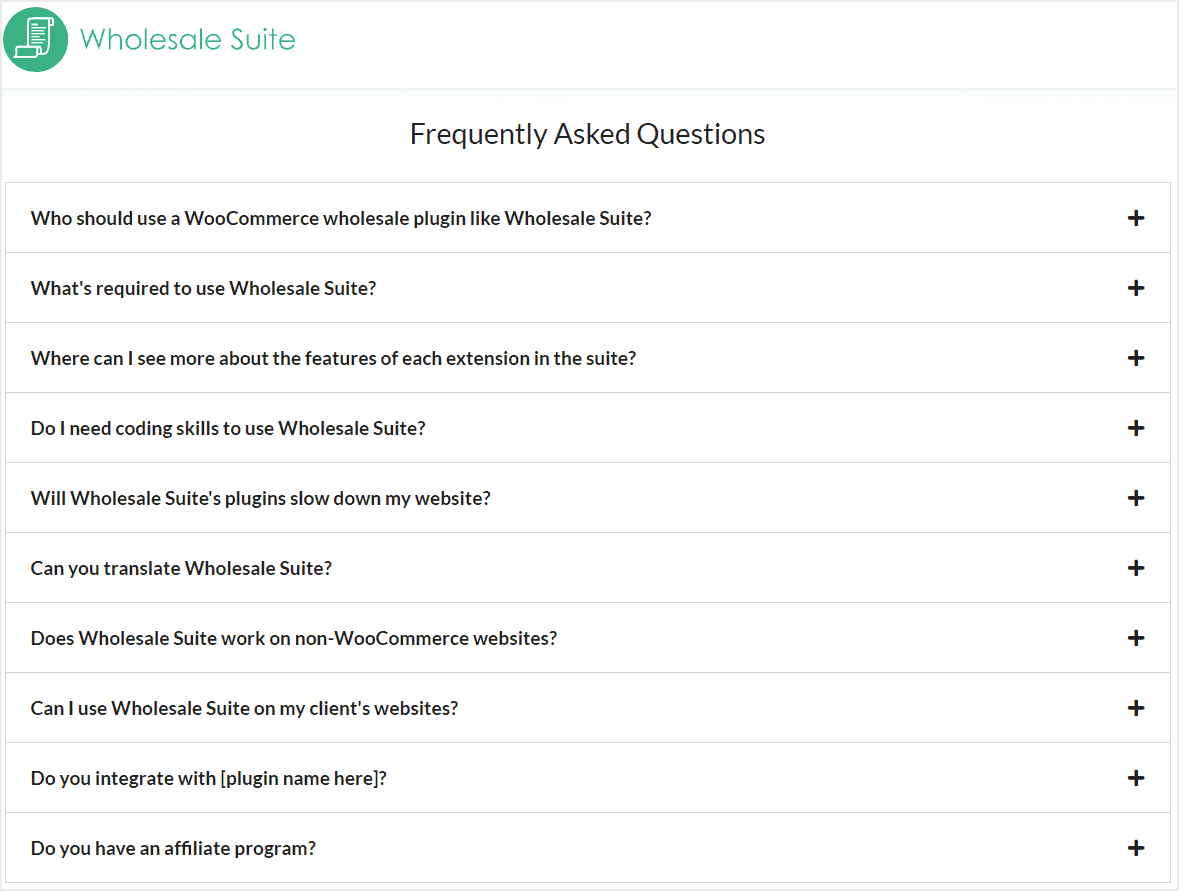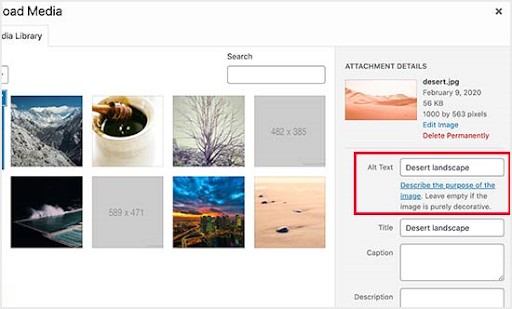Why Your Content Marketing Strategy Isn’t Working

If your content marketing strategy doesn’t seem like it is delivering the ROI that you hoped for, read on.
Content marketers spend a lot of time, effort, and money producing campaigns and content that attract and speak to our target audiences. We think it’s all in service of moving people to the next phase of the customer journey and eventually convincing them to buy from us.
But there are plenty of reasons why it doesn’t work. You can recognize the value of content marketing and get the buy-in from upper management, yet still not get it right. Many of today’s marketers can’t demonstrate the return on investment (ROI) of content marketing, which means a lot are still trying to figure out what’s gone wrong in their efforts.
Here are the seven reasons you might think you’re doing everything right and still aren’t seeing the results from your content marketing.
You Haven’t Documented Your Content Marketing Strategy
Experienced marketers know they’ve got to have a plan written down before starting any campaign. So, why do only 37% of businesses have a documented content marketing strategy?
Knowing what your key performance indicators (KPIs) and your goals are before you start is essential. How can you know whether you’re achieving anything positive? Or, worse, that you’re failing?
The Solution
Create and document your content marketing strategy, then:
- Assess your current state, such as website traffic, page views, social shares, click-through rates, conversion rates, etc., and set goals to target.
- Align your key metrics to your overall marketing goals and track them over time. You’ll only know how you’re doing if you’re tracking them.
- Review your content marketing strategy regularly to ensure it’s useful.
Remember, documenting your strategy alone doesn’t guarantee success. You’ve got to go through these steps continuously to find out what’s working and what’s not so that you can make the necessary adjustments. A strategy will save you time, effort, and resources.
Your Topics Are Wrong
There’s a lot of content online today, and you’re competing with it all. Gone are the days where you can just worry about your competitors. Your content has to be precise and targeted to your audience, so it cuts through the noise.
If you’re only talking about your company, your products, their features, and maybe their benefits, you don’t have a content marketing strategy. You’re publishing a disjointed brochure, and those rarely capture anyone’s attention.
The Solution
Your content should pursue two tracks at the same time: one that covers the middle-to end of marketing funnel segment of your customer journey and one that can break through the noise online to deliver top-of-funnel content.
For the first track, you can use your existing brochure-like content to answer all the questions, real and inferred, your prospects and customers have about you. Create an amazing FAQ page, eBooks, webinars, and blog posts where you cover this information.

At the same time, you’ll need to create customer personas or segments and an end-to-end customer journey to know who you’re writing for. You’ll need content for each persona and each phase of the journey since they’re looking for different topics and information. Keep them engaged by producing content that satisfactorily answers their questions so they buy your product or service.
For the second track, you’ll want to create content that breaks through the noise, attracts leads and prospects, and is ultimately useful to people whether they buy your products or not. It’s the Jay Baer notion of “youtility” because you’re producing content that isn’t about you. It’s about delivering value to readers and giving them something to care about.
Your Strategy Doesn’t Align With Business Goals
Content marketing is such a broad marketing strategy that many organizations do it without aligning with their overall business objectives. The marketing team has a different set of KPIs and perspective than the rest of the company.
For content marketing to be effective, it must be tied to overall business objectives and goals. The marketing team must have an understanding of what they’re trying to achieve, but then be clear on how those tie into global goals. There’s no sense in getting good traction on a campaign if it doesn’t lead to increased sales or revenue.
The Solution
When you do your regular content marketing strategy review, take time to align it with overall business objectives. For instance, understanding how headlines can increase web traffic and click-throughs while driving overall revenues.

At the same time, the business would like to reduce their customer or lead acquisition costs and increase customer retention. None of these are mutually exclusive and can be achieved together.
Your Content Is Stale
If your content is perceived as stale, repetitive, and insincere, you won’t engage audiences at any stage of the customer journey. People are pretty savvy today and can detect this immediately. You’ll want to publish informative, thoughtful, compelling, and valuable content to get your audience hooked.
The Solution
Pull out your customer personas and consider these questions:
- What are their pain points and obstacles?
- What are they interested in?
- At what phases of the customer journey are they most likely to need your content?
- Where would they come across your content? Your website? Social media? Elsewhere?
Think of their perspective when you create content, and it’ll resonate more with them. Back it up with solid research and relevant examples to gain and sustain their attention.
Now, take a step back from the content and look at the writing. Does it have a natural flow and use words your audience uses? Ensure it’s free of errors and grammar mistakes since those can take readers out of the flow and send them elsewhere. Your content should add value to your readers’ lives, and not just sell your products.
You’re Ignoring SEO
SEO is getting smarter every day, but simply writing and publishing content doesn’t guarantee it’ll be found. The combination of SEO and content can deliver exceptional results when done correctly and completely. Many marketers only do the most basic SEO on their content and wonder why it’s not working.
The Solution
To enjoy the benefits of SEO, it takes a bit of creativity and technical expertise. It starts by identifying the right keywords and latent semantic content related to your content. Keyword tools like Moz, BuzzSumo, or SEMRush can help you find the keywords and trending topics your audience is searching for.
Next, learn how to insert meta descriptions, title tags, slugs, and alt tags for all your content. Here’s how you can do it in WordPress:

These will increase the odds of your content being indexed by search engines for your chosen keywords. The quality of your backlinks also affects your search results, so be sure to add some to high-quality and relevant websites.
Finally, check out your website’s SEO options to see what other areas you can use to improve your rankings. For instance, using an SEO plugin on a WordPress site, the SEO recommendation tool of HubSpot, or the built-in SEO options in a Squarespace site.
You’re Not Amplifying Your Content Correctly
Part of your strategy should be about how you’re going to get it in front of the right people. Merely publishing it doesn’t guarantee it’ll get seen, as there’s too much competition for attention out there.
It’s tempting to pay someone else to boost your content through paid ads on Facebook or Instagram, but you still may end up in the same situation. Your strategy must not only outline what the topic is and who you’re creating it for, but also how you’ll get it in front of your target audience.
The Solution
A better way to get your content noticed is by starting from what you already have. Start with your current customers, then move to your prospects, then your community, and brand-new prospects. Target the people who will most likely consume and share your content first. They’ll create the initial momentum for it, add social proof, and send it out to a broader audience.
You can also:
- Join industry-related communities, both on and offline. Online groups are fantastic platforms to share relevant content, articles, and videos. You’ll get immediate feedback from people who are interested in your topics, plus you’ll get to network with other experts and influencers.
- Invest in an app that’ll help you leverage the power of social proof and help you earn the business of the 77% of people that recommend companies to their friends and family.
- Find out which social media channels are popular in your industry and share your content there.
- Share your content multiple times on social media. It’s easy for your message to get lost in a newsfeed, so send them several times. Use a scheduling tool like Buffer or SmarterQueue to automate this for you.
You’re Not Waiting for Results
By now, you should know that content marketing is a long-term strategy and won’t generate immediate results. It takes time for you to see the results, and missing your KPIs in the first 60 or 90 days doesn’t imply that it’s not working or that you should change tactics.
There will always be factors out of your control impacting your efforts, so all you can do is take note of them and see if you can mitigate them in the future. For now, you’ve got to let your strategy play out to see a positive difference.
Content marketing will pay off for you, but only if you’ve got a sound strategy (including metrics and KPIs), adequate budget, original and optimized content, and a distribution plan. Your metrics and KPIs will be your main reason why you change or tweak a campaign since they’ll tell you if it’s working or not. However, you may need to let the campaign go to its logical conclusion before you can assess its effectiveness.
The Solution
Set up a post-campaign analysis for every campaign to find out what worked and what didn’t. Over time, you’ll gain a better sense of what works with your audience, and if your tactics will deliver value to them and help you achieve your goals. This experience may let you pivot a campaign as it’s in progress to align it to your goals better and shouldn’t replace the post-campaign analysis. You always need to know if you’ve achieved your goals to replicate the process in the future.
Content marketing has been around for a long time now, yet marketers are still struggling to demonstrate its effectiveness and reap its benefits. And there are countless reasons why it might not be working for you as you’d hoped. Just because you’re not getting immediate results doesn’t mean you should give up.
Use these seven reasons as the starting point for your investigations and turn things around. Everyone knows that content marketing works, and by taking a closer look at your strategy, you’ll have a better idea of what’s not working and how you can fix it.
Photo by Estée Janssens on Unsplash


